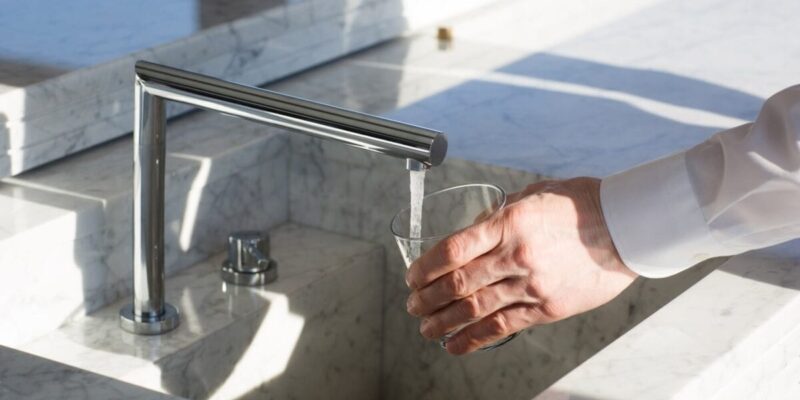A leaky faucet is a common household nuisance. That persistent drip-drip-drip not only disrupts your peace but can also lead to wasted water and increased water bills. Fortunately, many faucet repairs are relatively simple and can be tackled by a DIY enthusiast with the right knowledge and tools. However, for complex issues or well-related problems, seeking the expertise of a well-specialist is crucial.
Conquering the Drip, Common Faucet Repairs
Before diving into repairs, gather some essential tools for faucet repair: adjustable wrenches, pliers, screwdrivers, a bucket, replacement parts (depending on the issue), and a faucet handle removal tool (if necessary).
Here’s a breakdown of common repairs and how to address them:
- Leaking From the Handle: This often signifies a worn-out washer or cartridge within the handle assembly.
- Tip: Identify the type of faucet (compression or cartridge) to purchase the correct replacement parts. For compression faucets, turn off the water supply, remove the handle screw, and replace the washer. Cartridge faucets require removing the handle and replacing the entire cartridge.
- Loose Handle: A loose handle usually indicates a worn-out packing nut or stem. Tighten the packing nut with an adjustable wrench, but be cautious not to over-tighten and damage the faucet. If tightening doesn’t solve the issue, replacing the stem might be necessary.
- Leaky Sprayer: A clogged or damaged sprayer head can cause leaks. You can often unscrew and clean the head with vinegar to remove mineral buildup. If cleaning doesn’t work, a replacement sprayer head might be needed.
- Low Water Pressure: Mineral buildup within the faucet aerator can restrict water flow. Simply unscrew the aerator and clean it with vinegar or a wire brush.
Remember: When replacing parts, ensure they match your specific faucet model. If you’re unsure about any step, consult a detailed online guide or video tutorial for your specific faucet type.
When to Call a Well Specialist, Beyond the Faucet
While DIY repairs can address many faucet issues, some situations require the expertise of a Well Specialist. Here are some signs it’s time to call a professional:
- Loss of Water Pressure Throughout the House: A problem with your well pump or pressure tank could be the culprit. A well-trained specialist can diagnose the issue and perform necessary repairs or replacements.
- Discolored Water: This could indicate mineral buildup, contamination, or problems within the well itself. A well specialist can diagnose the source and recommend solutions like well cleaning or treatment systems.
- Fluctuating Water Pressure: This can be caused by a malfunctioning well pump, pressure tank issues, or air leaks in the well system. A specialist can identify the problem and provide a proper fix.
- Sudden Drop in Water Level: This could signal a problem with the well’s water source or a failing pump. A well-specialist can assess the situation and recommend solutions.
- Complex Faucet Issues: If your faucet leaks persistently despite your repair attempts, it might indicate a deeper problem within the plumbing system. A plumber or well specialist with expertise in faucet repairs can diagnose and address the issue effectively.
Conclusion
By understanding common faucet repairs and when to seek professional help, you can confidently tackle dripping dilemmas and maintain a functional plumbing system. Remember, a well specialist is your partner in ensuring a reliable and healthy water supply for your home. So, don’t let a leaky faucet or well woes disrupt your comfort arm yourself with knowledge and call upon the expertise of a professional when needed.







Comments